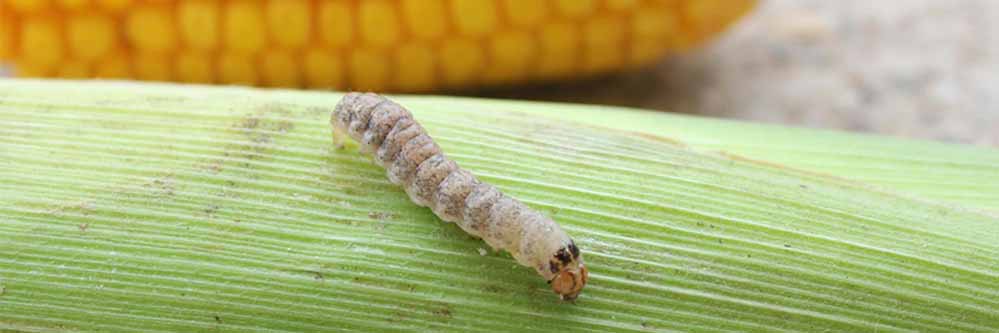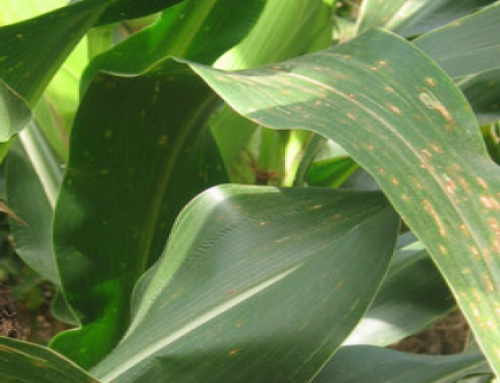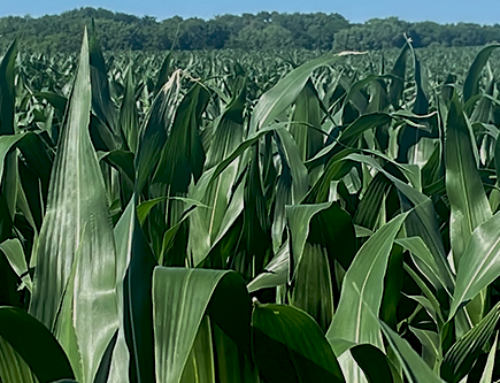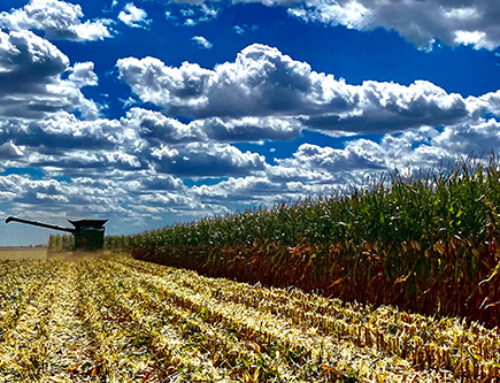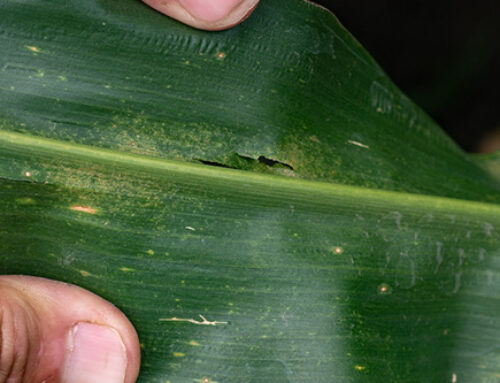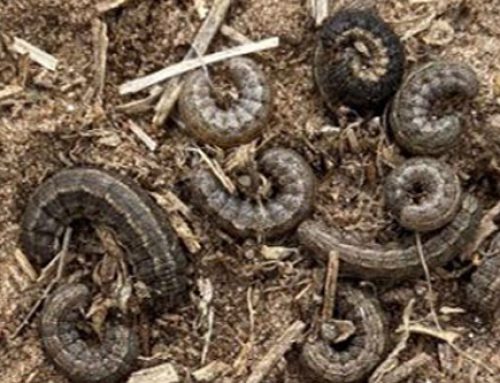Western Bean Cutworm can be a serious pest in field corn, significantly reducing yield and quality if not properly managed. In the past, Western Bean Cutworm (WBC) could be found concentrated to smaller hotspots in Eastern Colorado, Western Kansas and other areas of the High Plains. Farming practices such as Strip Till has led to higher residue in corn fields, which has increased the survival rate of the overwintering larvae in the soil, thus creating heavier populations throughout the High Plains and much of the Midwest.
Pupation usually occurs in May and early June. The moths emerge between mid-July and early August. An infestation of five to seven percent eggs at pre-tassel to tassel can justify a treatment. A single egg mass can have as many as fifty eggs. Larvae can infest plants up to a ten foot radius. Newly hatched larvae migrate inside the ear and spend the rest of the summer feeding on developing kernels. It is not uncommon to find more than one larvae in an ear, since WBC is not cannibalistic like Corn Earworm. Damage can be spotty in fields, and if you have several larvae per ear, significant yield loss can occur. Secondary infections, such as fungal pathogens are also a concern. Certain Bt events are effective on WBC. Corn hybrids carrying the Herculex®, SmartStax®, or Viptera® trait will aid in control of WBC. Effective control can also be attained with a well-timed insecticide treatment. Contact your Crop Quest agronomist for more details on how to deal with this pest.
Written By: Rob Benyshek, Ulysses, KSFeature Photo By: Adam Sisson, Iowa State University, Bugwood.org
Herculex is a Registered Trademark of The Dow Chemical Company
SmartStax is developed by Dow AgroSciences and Monsanto
Agrisure is a Registered Trademark of Syngenta Seeds Inc.
